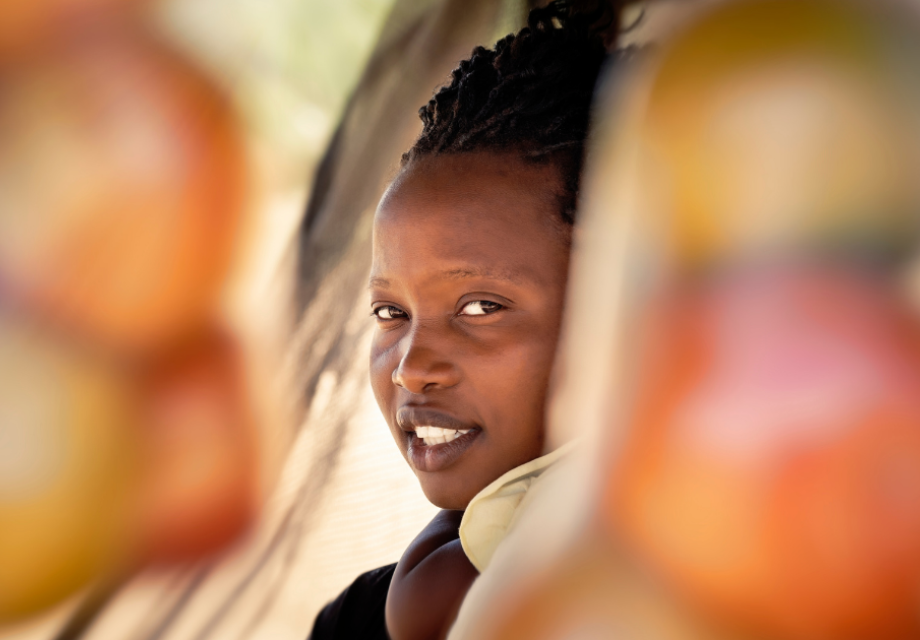The link between HIV viral suppression and violence
Hester Phillips
17 February 2022
Young women who experience partner violence are 70% less likely to be virally suppressed than other young women, finds South African study
Adolescent girls and young women who experience intimate partner violence are 70% less likely to be virally suppressed when on HIV treatment than other young women, analysis from South Africa suggests.
What is the research about?
The connection between intimate partner violence (IPV) and the HIV treatment cascade for adolescent girls and young women.
Researchers analysed data collected between 2017 and 2018 on adolescent girls and young women (ages 12–24) in four South African districts.
Face-to-face interviews assessed IPV and HIV-status knowledge. Participants were tested for HIV. Blood samples were also assessed for antiretroviral treatment (ART) use and viral suppression.
Why is this research important?
Women can experience challenges accessing HIV testing and treatment and reaching viral suppression.
Evidence suggests IPV plays a role in this. But most large-scale research in this area does not focus on adolescent girls and young women. This is despite adolescent girls and young women being particularly vulnerable to HIV.
What did they find out?
Of 18,230 adolescent girls and young women surveyed, 46% had had sex. The mean age for being sexually active was 20.
Thirteen percent of sexually active adolescent girls and young women had HIV.
Of these, 61% knew their HIV status, of whom 86% had ART in their blood sample, and of whom 91% were virally suppressed. Including all young women with HIV (not just those who knew their status and were on treatment), 66% were virally suppressed. This is below the UNAIDS target.
Among those who were sexually active, 15% had experienced IPV in the past year. A high proportion of adolescent girls and young women who experienced IPV had HIV.
There was not a significant association between experiencing IPV and HIV status awareness. Although further analysis found that young women who experienced IPV had increased odds of being aware of their HIV status.
No clear link was found between experiencing IPV and being unable to start treatment. But experiencing IPV was associated with 70% lower odds of viral suppression. This association remained, even when other factors were taken into consideration. Why this is falls outside the study's remit, but possible reasons include:
- IPV might make it difficult to adhere to ART. Women might feel they need to hide their medicine, avoid taking it at certain moments to stay safe, and might find it hard to visit clinics to get treatment refills.
- IPV is linked to depression, which is linked to poor adherence.
- Some of the physical effects of violence might speed up HIV progression (for example, certain types of inflammation).
What does this mean for HIV services?
That effective IPV interventions are critical for improving the health of adolescent girls and young women with HIV. This includes violence reduction initiatives that work with men and boys as well as young women.
The findings suggest that a key focus area should be supporting adolescent girls and young women to keep taking their HIV treatment. Initiatives that can help with this include peer support groups, ART adherence apps and counselling.
Get our news and blogs by email
Keep up-to-date with all our latest news stories and blogs by signing up to the Be in the KNOW news digest.
